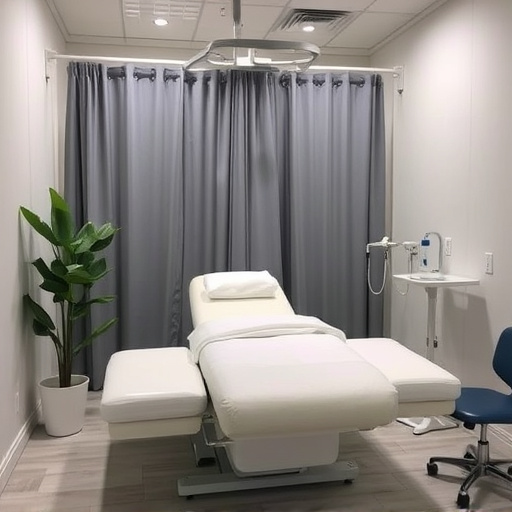Real-world performance verification is crucial for automotive modifications like cold air intake (CAI) systems, ensuring theoretical gains translate into practical benefits. The CAI Performance Testing Methodology involves dynamic tracking, road simulations, and data analysis to assess fuel efficiency, engine temperature, and drivability under various conditions. This process uses calibrated instruments to measure key parameters in a clean test environment, maintaining standardized testing protocols for consistent results. By comparing CAI-equipped engines to stock intakes, the methodology quantifies performance impacts, validating claims in real-world driving conditions while ensuring reliability, safety, and sustainability.
In the realm of automotive enhancements, understanding real-world performance verification is paramount. This article delves into the intricacies of a critical aspect often overlooked: Cold Air Intake (CAI) performance testing. We’ll explore the methodology behind evaluating CAI’s impact on engine efficiency and power output. Additionally, best practices will be highlighted to ensure accurate results, providing a comprehensive guide for enthusiasts and professionals alike seeking optimal cold air intake performance testing methodology.
- Understanding Real-World Performance Verification
- Cold Air Intake Performance Testing Methodology
- Best Practices for Ensuring Accurate Results
Understanding Real-World Performance Verification

Real-world performance verification is a crucial process that involves evaluating and validating how a system, component, or vehicle performs in actual usage conditions, contrasting with controlled laboratory settings. It’s about ensuring that what works well in theory translates into optimal functionality when faced with diverse real-world scenarios, including varying environmental factors, user interactions, and operational demands.
In the context of automotive modifications, such as cold air intake systems, real-world performance verification goes beyond simply measuring static power gains. It encompasses testing under various driving conditions, examining fuel efficiency impacts, analyzing engine temperature changes, and assessing overall drivability. The methodology for these tests may include dynamic tracking, road simulations, and comprehensive data analysis to uncover potential issues or unexpected behaviors that might only surface during normal operation. This approach ensures that modifications not only enhance performance but also maintain reliability, safety, and sustainability in practical applications.
Cold Air Intake Performance Testing Methodology

Cold Air Intake (CAI) Performance Testing Methodology involves a meticulous process designed to measure and verify the enhanced performance gains attributed to CAI systems. This testing typically commences with preparing a controlled environment, utilizing specialized equipment like flow meters and pressure sensors to capture precise data regarding air-fuel ratios and pressure drop across the intake system.
During the test, the engine is operated under varying load conditions while the CAI system is installed. Comparisons are then drawn between these results and those achieved with the stock intake system. This comparative analysis allows for a quantifiable assessment of the cold air intake’s effectiveness in increasing power output, improving torque delivery, and enhancing fuel efficiency, thereby validating its performance claims in real-world driving scenarios.
Best Practices for Ensuring Accurate Results

To ensure accurate results during cold air intake (CAI) performance testing methodology, several best practices should be implemented. Firstly, use calibrated and certified instruments to measure key parameters like airflow, temperature, and pressure. This helps in obtaining reliable data that can be trusted for making informed decisions. Additionally, maintain a clean test environment by removing any contaminants or obstructions that could interfere with the results; this includes ensuring the test chamber is free from dust, debris, or any foreign particles.
Regular calibration and maintenance of the testing equipment are also crucial. Regular checks ensure the instruments are functioning optimally, providing consistent and accurate measurements. Furthermore, follow a standardized testing protocol to guarantee uniformity in the testing process. This involves adhering to established procedures, using controlled variables, and documenting every step for reproducibility and transparency in the results.
Real-world performance verification, particularly through rigorous cold air intake (CAI) performance testing methodology, is paramount in ensuring optimal engine efficiency. By adhering to best practices that include controlled environments, standardized procedures, and meticulous data analysis, accurate results are achievable. These insights empower automotive enthusiasts and professionals alike to make informed decisions regarding CAI modifications, ultimately enhancing driving experiences and vehicle performance.














